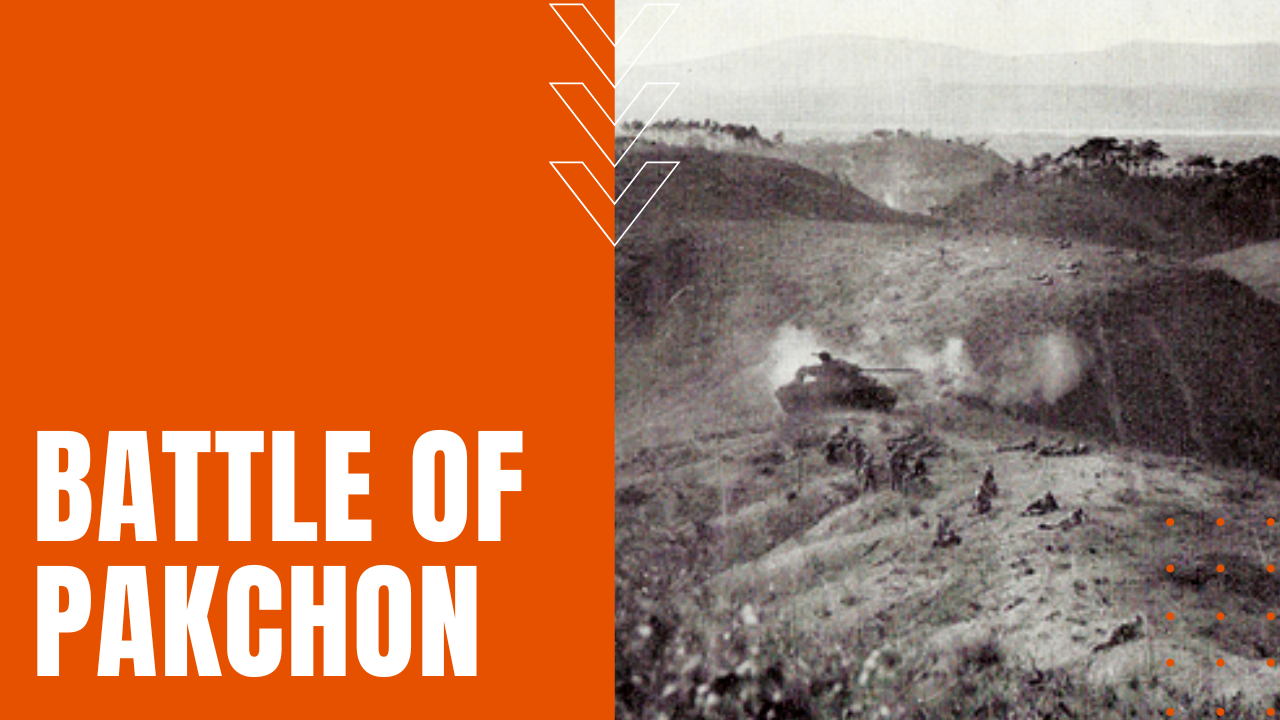Battle of Pakchon: Early Korean War Engagement

On November 4th and 5th, 1950, just ten days after the Chinese crossed the Yalu River in response to U.N.-backed troops who had fought their way to North Korea’s border with China, the People’s Volunteer Army of China or PVA along with the Korean People’s Army or KPA attacked U.N. forces after an ordered pullback to the Korean village of Pakchon.
British and Australian Troops Retaliate
In response, British and Australian troops with the 27th British Commonwealth Brigade were ordered to defend the lower crossings of the Taeryong and Chongchon rivers as part of a rearguard element, while the U.S. 24th Infantry Division guarded a key bridge near Kujin, farther upstream and to the right of the 27th.
In their first battle with the PVA, the 3rd Battalion, Royal Australian Regiment captured a heavily defended hill with minimal air support, before fierce counteroffensives and confused command decisions resulted in a disorderly U.N. night withdrawal from the enemy, threatening to expose the 27th’s left flank under continuous pressure by the enemy.
Shortly after midnight on November 6th, however, the PVA withdrew their forces, allowing the Australians to take up defensive positions in paddy fields near a railway crossing north of Pakchon. By the time the PVA halted their offensive due to logistical problems, the 27th British Commonwealth Brigade had successfully held the PVA from breaking through at Pakchon, maintaining vital withdrawal and resupply routes across the river, while defending the U.N.’s left flank.
Battle of Pakchon Deaths
The battle proved costly to both sides of the conflict, including 12 killed and 70 wounded for the 27th, while Australian estimates of 200 PVA killed and 200 wounded, later confirmed by Commander Wu Xinquan of the PVA’s 39th Army.
Later that month, when the PVA began their Second Phase Offensive, U.N. forces began their long retreat out of North Korea, back to the 38th Parallel, where they re-established earlier defensive positions, making the Battle of Pakchon, a game-changing event during early days of the Korean War.
